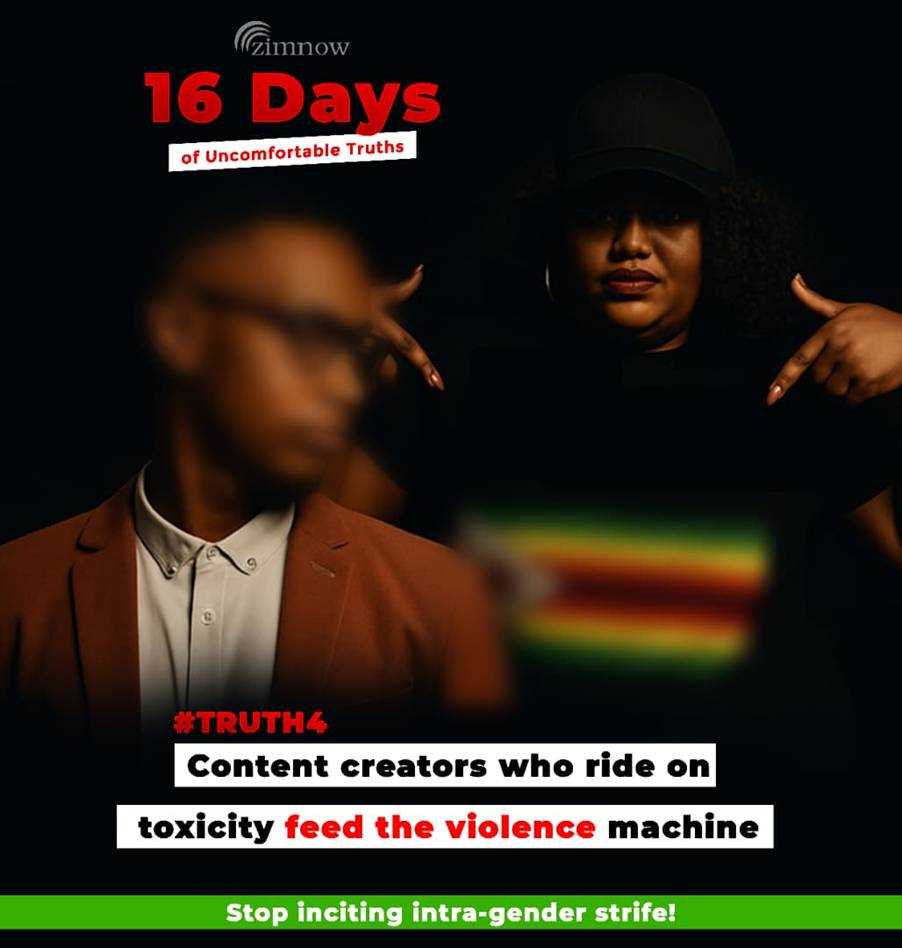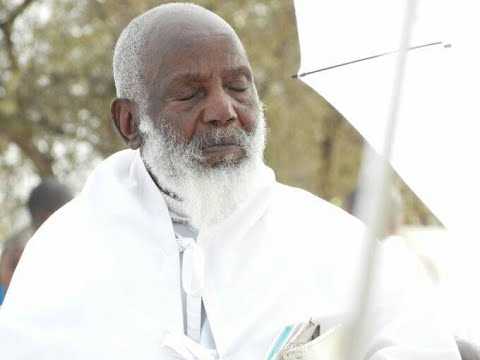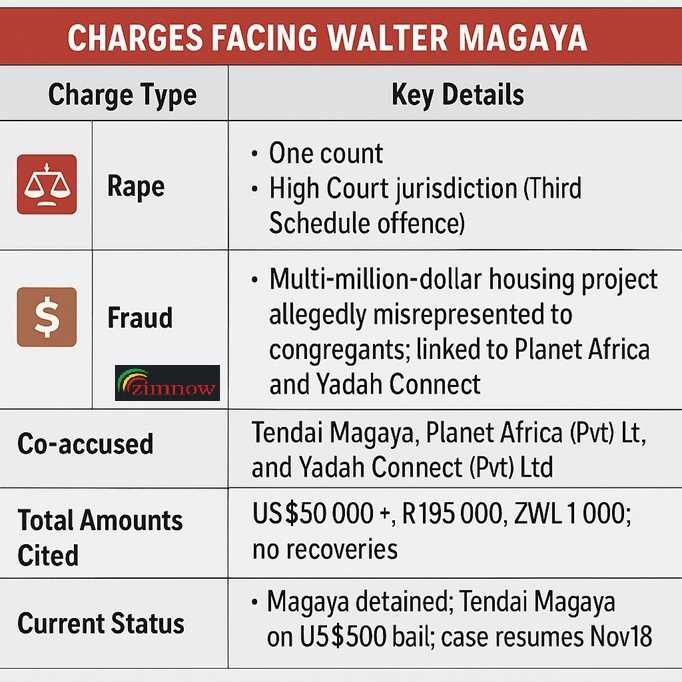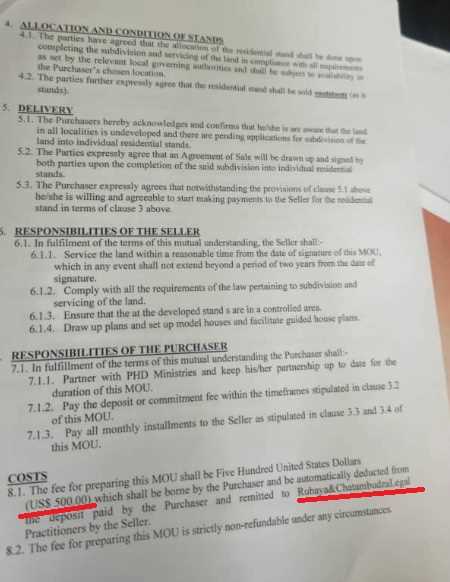
Our digital spaces are competition arenas where the most hostile posts and comments get the most likes.
No wonder why we have content creators who build entire platforms by stoking animosity between men and women.
Some creators speak to men, others to women — but the formula is the same:
exaggerate, generalise, provoke, mock, shame, repeat.
And while it may look like sound logic, most of the content in incendiary and breeds intolerance for anyone not seen to fit the straight jacket of a “real” man or woman.
🔶 1. Stereotyping Men and Women Isn’t Edgy — It’s Harmful
Creators who define “what a real man should be” or “what a real woman must do” are not offering empowerment.
They are promoting rigid, outdated roles that leave no room for individuality or humanity.
Men are told they must dominate.
Women are told they must emasculate men.
And anyone who doesn’t fit the script is insulted, dragged, or ridiculed.
This is not motivation.
It is indoctrination.
🔶 2. Their Content Normalises Contempt Between the Genders
When creators consistently paint men as the enemy or women as parasites, they teach their audiences to distrust, resent and dehumanise the other gender.
This entrenches:
- intolerance
- derision
- mocking culture
- hardline gender positions
- emotional detachment
A society where men and women cannot see each other as human is a society primed for violence.
🔶 3. “Entertainment” Becomes a Gateway to Digital Violence
What begins as jokes, memes and provocative takes quickly escalates.
Their online communities start using:
- insults
- dogpiling
- threats
- public shaming
- revenge narratives
- mass harassment
The slide from ridicule to abuse is faster than we think.
Digital violence does not stay online where it forces people to conform or exit— it conditions people to accept real-world violence as normal.
🔶 4. Their Echo Chambers Reward Extremism
The algorithm amplifies what gets attention.
And nothing gets attention like:
Related Stories
- misogyny framed as truth-telling
- misandry framed as empowerment
- abusive language disguised as “real talk”
- gender stereotypes dressed up as “wisdom”
As a result, both men and women retreat into ideological bunkers where the other gender is to be annihilated.
Healthy dialogue dies.
Polarisation thrives.
🔶 5. Followers Mistake Opinion for Expertise
Most of these revered content creators are not sociologists or psychologists. In some cases although they style themselves gender specialists, they are of the toxic feminism school.
But millions treat their views as instruction.
Young men take it as gospel
Young women take it as a hallowed creed.
Older audiences take it as confirmation of their worst biases.
This gives personal opinions the weight of public doctrine.
🔶 6. The Line Between Digital Harm and Physical Harm Is Thin
Research across the world shows that:
- men who consume misogynistic content are more likely to justify or commit violence
- women who consume misandric content are more likely to justify retaliation, deception or hostility
- children exposed to gender-war content normalise contempt early
Online hostility does not stay online.
It spills over into homes, relationships, workplaces, classrooms — and partners’ graves.
Zimbabwe’s rising intimate-partner violence occurs in the same social media landscape where gender wars trend daily.
This is not coincidence.
🔶 7. They Are Two Sides of the Same Coin
Both sets of creators tap into hurt, anger and insecurity — and turn it into content.
Both reduce gender relations to caricatures.
Both promote absolutes instead of nuance.
Both profit from division.
Both contribute to Zimbabwe’s growing culture of intolerance.
They are not opposites.
They are mirrors of each other.
🔶 8. This Is Bigger Than Them — It’s About the Culture We Reward
They thrive because society rewards:
- provocation
- humiliation
- sensationalism
- stereotypes
- outrage
- “clapback” culture
Every like, share and comment builds the ecosystem that shapes our sons and daughters.
This is not a call to silence anyone.
It is a call to awaken awareness.
We can talk about issues without glorifying hate speech to appear as some deep wisdom to live by.


















Leave Comments